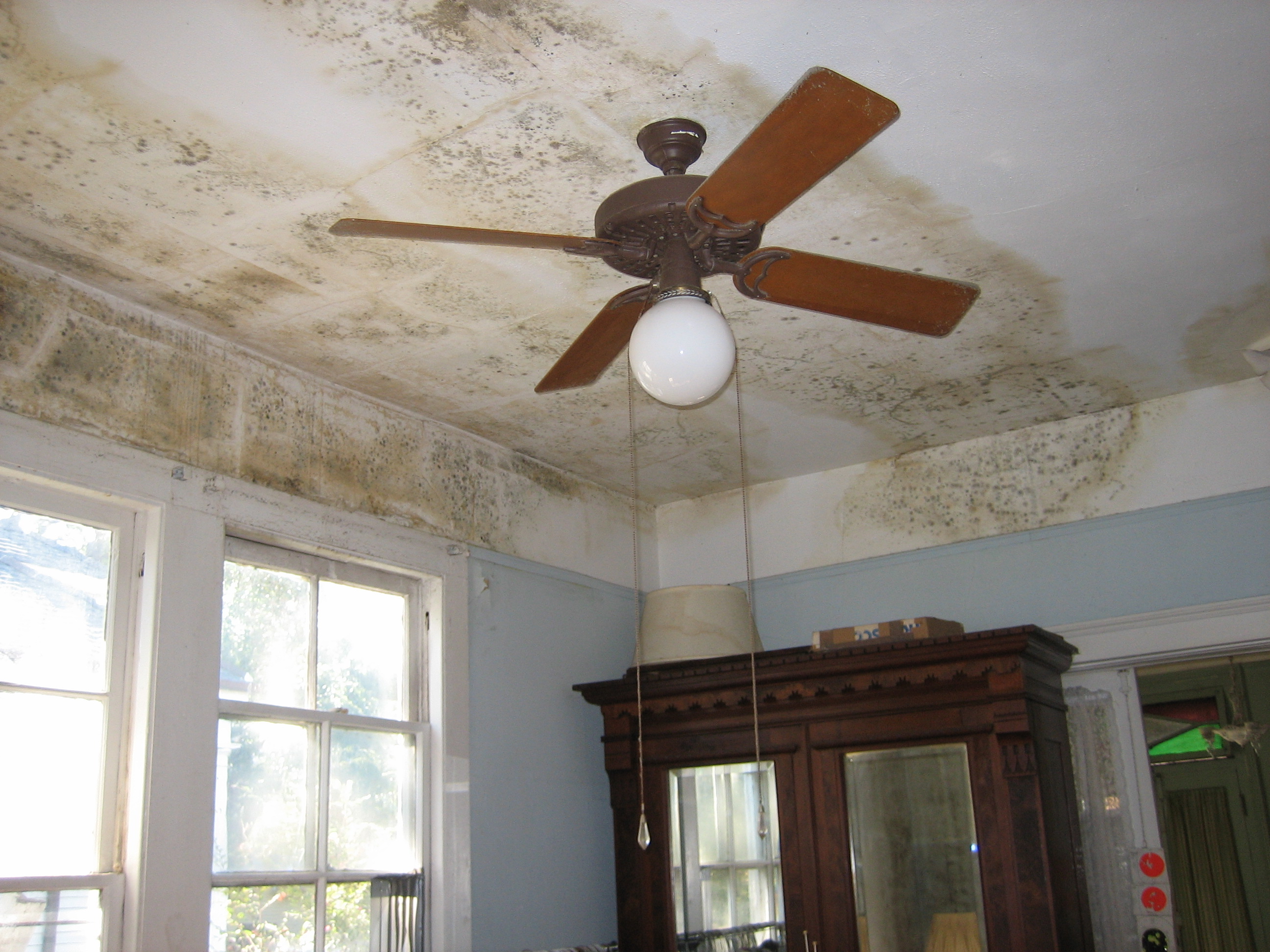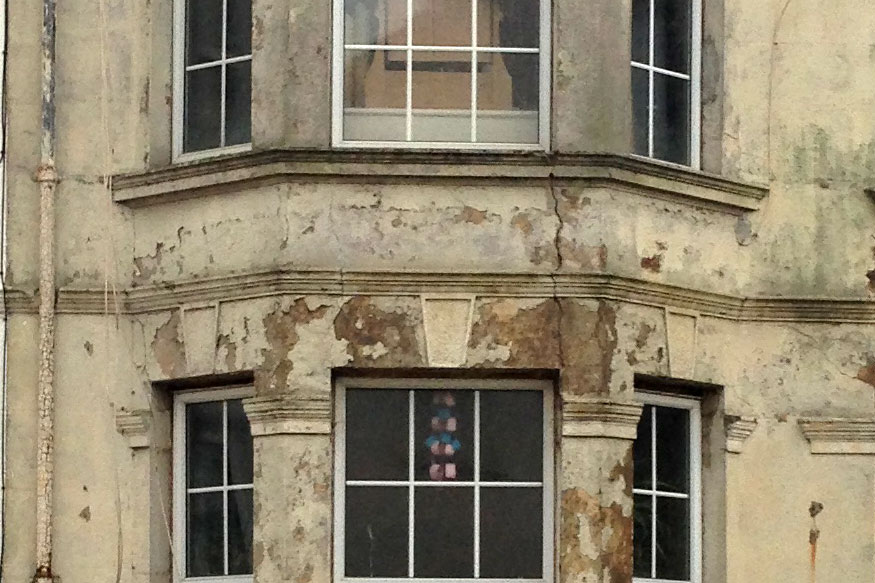
How Much Does Damp Devalue a House?
For homeowners, there’s nothing more concerning than the sight of a damp patch on the wall. Fixing damp is far from quick and easy.
It’s even more of a problem if you plan to sell your property. When selling, the law requires you to inform prospective buyers.
This makes negotiating over prices difficult. Buyers are likely to exaggerate the extent of the damp to lower the price. That’s why it’s important to know how damp affects the market value of your house.
Damp is a serious health risk too. According to the Environmental Protection Agency (EPA), mould and moisture in the home cause 21% of asthma attacks.
This is especially a challenge for people with weakened immune systems. The elderly or young children may be a risk in a house with damp.
How Much Does Damp Devalue a House?
Damp and mould can devalue your house by up to 53% if left untreated and allowed to spread. Even if you opt to fix your damp and mould problem, your home’s value might drop by roughly 3%.
What is Damp?
Damp is a widespread problem in houses around the UK. It is more common in older homes, although it can occur in a home of any age.
Simply put, damp is when moisture seeps in from the outside of your house or your plumbing. If allowed to fester, it can sprout mould that’s very difficult to remove.
Damp may cause a slew of problems, including damage to walls, rotting wood, and mould growth.
Rising Damp

Rising damp happens in a property when groundwater travels up through the walls, beginning at the bottom and progressively rising into the house’s frame.
The majority of buildings are equipped with a water-resistant barrier constructed of non-absorbent materials such as plastic or bitumen. This is known as a damp proof course. However, this damp resistant course might become ineffective after time, allowing groundwater to seep up the walls.
Because many older structures lack a damp proof course, this type of moisture can be found in older residences.
Rising damp is simple to spot since it appears as regions of moisture on walls and diseased walls may appear or feel wet. It is sometimes accompanied by moss growth and flaking plaster.
Penetrating Damp
If you believe your house has penetrating damp, search for the following signs: staining on the external walls, damp patches emerging on walls or ceilings, plaster that seems moist or crumbly, black mould or spores confined to one section of the building, drips and pools.
Condensation
It is simple to detect since it shows as water droplets on windows and walls, and if left untreated for an extended period, it can lead to black mould forming on walls and glass, as well as an awful musty odour.
Damp and mould are not concerns that can be concealed with paint, and it is a legal necessity for sellers to report any such issues to any possible purchasers. Failure to disclose information to prospective buyers may result in significant legal consequences.
Can You Sell a Home with Damp?
With very few circumstances, a mortgaged property will necessitate a survey. When the assessment reveals damp concerns, the mortgage lender will almost always seek additional examination by a specialized surveyor.
If you are unclear about what is causing the moisture, contacting an expert to evaluate the property is an excellent option. However, be cautious that free surveys from shady businesses sometimes have an ulterior agenda. They want to give you a price for damp repair services. This implies that they frequently over-quote for more elaborate services.
As a result, it is frequently preferable to pay for and have an independent surveyor do a thorough survey that covers timber and damp. This will cost you a few dollars. It will, however, discover faults and tell you what has to be fixed.
Some lenders may consider the cost of work stated in the surveyor’s report and issue a mortgage with retention. Retention occurs when a mortgage lender withholds a part of a mortgage until the buyer completes specific property improvements
In other circumstances, moisture problems are so severe that mortgage firms refuse to lend at all. In such circumstances, the seller must either perform the repair themselves or sell to a cash buyer. Sellers could expect a 10% to 20% discount on market value, plus a discount for the cost of work when selling to a cash buyer.
It is a legal need to report any faults (in the seller’s property information questionnaire) rather than painting over them and hope for the best.
Potential buyers may walk away or offer you a considerably lesser price for your house because they will have to spend additional money addressing the mildew and moisture once they have acquired it.
Selling Through an Auction
Selling at an auction is an alternative to using an estate agent. A significant advantage of selling your house in this manner is that buyers will be aware of the damp and mould problem and will not be turned off by it.
At an auction, you agree on a minimum reserve price for your property, and if a bidder bids, your home is sold.
Another advantage of selling a damp property at auction is that auctioneers have a lot of experience selling a wide range of properties with issues like damp and mildew.
Selling Through an Estate Agent
A specialized estate agent is the ideal type of estate agent to use if you are selling a “difficult property.” A professional estate agent has expertise selling homes classified as ‘issues,’ such as those with dry rot, Japanese knotweed, or moisture and mildew.
A significant advantage of choosing this method is that an estate agent will do all of the legwork for you, such as preparing a listing for the home and promoting it.
When selling a wet property through an estate agency, you will also need to schedule house viewings at your home for interested purchasers. This may be a time-consuming and inconvenient process that requires you to take time off work, correct any other flaws in the property, and at the end of it all, you may still not have a buyer and will have to start the process all over again.
Selling to a Cash Buyer
A cash buyer is the greatest approach to ensure the sale of your home, especially if it has structural issues from moisture and mildew. Unlike other purchasers on the open market who might be discouraged from acquiring a wet and mould-infested house, a cash buyer would not mind.
Another advantage of selling to a cash buyer is that you are assured a transaction within a period that works for you.
How to Treat Damp?

There are several damp treatment solutions available, and the kind you receive is determined by the type of damp, the severity of the damp, and its position inside the property.
This might include adding extractor fans and correcting outward flaws such as cracked pointing, brickwork, or render.
If rising damp is the problem, treatment may include the installation of a chemical that is injected into holes in the brickwork to resist water, or a new damp membrane may be installed in the property to operate as a moisture barrier.
Alternatively, a new damp membrane can be installed to serve as a physical barrier to repel moisture. A new salt-retardant plaster and skirting board will be required to repaint the space. In the instance of damp proofing a house, the cost of damp proofing is likely to be between £70-100 per linear metre, plus the cost of plastering and restoring skirting boards and power plugs.
The average cost of damp proofing for a three-bedroom house is between £3,000 and £4,000. There are however downsides with this option, if you decide to treat your property repairs can be expensive and time-consuming.
It can cost between £3,000 and £4,000 to damp-proof a three-bedroom property, depending on the degree of the damp problem and the size of the affected room.
The damp proofing drying period can also be extensive, with an average drying time of up to a month per inch of wall thickness.
Even after the house has been treated, potential purchasers may still request a further discount owing to the property’s past.
